Ertach Kernow - The sky's the limit - Cornwall's Bodmin Moor AONB
Bodmin Moor AONB is this weeks topic. Cornwall’s heritage also covers its environment and landscape, with around thirty percent being designated ‘Area of Outstanding Natural Beauty’ (AONB). The idea behind this is to protect the landscape for the benefit of places, nature and people and also importantly today, climate. Within the AONB, covered in twelve different areas of Cornwall, are World Heritage Sites including Cornwall’s historic mining regions. For nature and wildlife, the Special Areas of Conservation and Sites of Special Scientific Interest (SSSIs) help preserve endangered species of flora and fauna. Although many of our ancient monuments are scheduled and protected many of our Cornish Stone Hedges outside the AONB are not. Many of these ancient structures are up to 4,000 years old constructed during the Neolithic and part of the earliest farming here in Cornwall.
In this article we look at section twelve covering Bodmin Moor, the other AONB being around the coastal regions of Cornwall. Although considered by some to be somewhat desolate and exposed, Bodmin Moor has some wonderful areas of historic interests as well as small areas of woodland along with large expanses of water. These exist through the construction of reservoirs which started from the late 1960’s with Siblyback, then Crowdy in 1973 and Cornwall’s largest lake the Colliford Lake reservoir in 1982. Additional water storage was obtained in 2006 with the purchase from Imerys of a former china clay quarry Park Lake, which becoming operational in 2009. This was followed by Stannon, Cornwall’s second largest lake in 2010. Besides supplying east and mid-Cornwall with water, Colliford for example holds in its vast 900 acres 28,540 million litres of water, they act as a valuable habitat for birds and animals. Some are also utilised for recreation fishing and water sports as well as a waterside refuge away from the beaches during a tourism packed summer. Whilst talking about expanses of water legendary and mysterious Dozmary Pool lies close to Colliford Lake and is where King Arthur’s sword Excalibur was said to have been thrown. Dozmary is Bodmin Moors largest natural lake covering 37 acres and overflows into Colliford thereby acting as an additional water source and a Site of
Bodmin Moor is an agricultural area with many farms and also large areas of open access land, albeit privately owned. As you drive cross the moors rumbling over the cattle grids in the roads you will see sheep, goats, cows and moorland ponies, more often than not wandering freely. The moors are also home to otters and more recently as part of a new project beavers have been reintroduced. Initial plans to release six beavers as part of the Cabilla Beaver Project is fronted by explorer and author Robin Hanbury-Tenison and his son Merlin. This is being supported by the Cornwall Wildlife Trust and the Cornish Beaver Trust and is a wonderful extension of the previous reintroduction of beavers to Cornwall at Ladock.
Bodmin Moor is home to Cornwall’s highest peak Bron Wenneli and second highest, Torr Garow, at 420 metres and 400 metres above sea level, respectively. There are thirty-three other tors, all but eleven of these are over 300 metres high. Apart from the two highest tors which offer spectacular views over the northern expanse of the moor, one of the most visited and of greatest interest is Stowes Hill at 360 metres. This has at its centrepiece the Cheesewring a large wind sculpted rock edifice written about, drawn and photographed for centuries. Located relatively close by is the village of Minions, which has as its near neighbour the ancient Neolithic stone circles The Hurlers, another popular ancient attraction.
As one looks towards Bron Wenneli from the top of Torr Garow you can see ancient field systems and settlements stretched out before you. People once lived here before the changing environment forced them out to live and farm at lower levels. Many of these structures date back to the Bronze Age including the cairn on top of Bron Wenelli. Looking at an archaeological heritage map of the area around Torr Garow the number of prehistoric remnants is amazing. One might wonder how many families lived here and what was the attraction of this site 4000 years ago. There are also medieval remnants and other lost settlements whose names, if they had one, are lost to time and offer a reminder of a very different age. The only settlement within Bodmin Moor is that of Bolventor best known for Jamaica Inn, made famous by Daphne du Maurier. Bolventor is not an ancient settlement and thought to have been established in the mid-eighteen century as a mining and coaching station settlement.
Along with our wonderful coastal and moorland views let’s not forget about the best places in Cornwall to look up. Three places in Cornwall have been given ‘Dark Sky’ status, Carnewas at Bedruthen, Chapel Porth, St Agnes and Bodmin Moor. The AONB protection afforded to Bodmin Moor prevents large scale development and in turn has created new opportunities for inclusion within the ‘Dark Sky’ initiative. To meet this requirement the sites must be away from the worst of any local light pollution, provide good sightlines of the sky and have good public access with the sites being generally freely accessible at all times. Cornwall Council should be commended for their application to have Bodmin Moor added to places having this designation. The fact that it has been given this description will hopefully provide an added layer of protection against inappropriate
Mention of looking up is an appropriate place to refer briefly to another Cornishman who contributed greatly to astronomy. We mark the birthday of John Couch Adams born on 5th June 1819 at Lidcot Farm, Laneast near Launceston. Books owned by his great uncle John Couch, which included astronomy ignited young John’s interest, although it was his abilities in mathematics that led him to university at Cambridge. He was credited with contributions to the discovery of the planet Neptune. His calculations relating to the Leonid meteor shower earned him the Sir George Copley medal from the Royal Society in 1848 and subsequent election as a society fellow in 1849.
Theories relating to the moon and tidal acceleration were proved through Adams calculations leading him to receive a gold medal from the Royal Astronomical Society in 1866. He was President of the Royal Astronomical Society twice, in 1851 and 1874 but declined the post of Astronomer Royal and reputedly a knighthood in 1847. He died at home in Cambridge in 1892 and is buried there at the Ascension Burial Ground. Although not particularly well known today, John Couch Adams born to a poor Cornish family achieved international recognition. He was honoured with a marble plaque in Westminster Abbey close to luminaries such as Charles Darwin and Sir Isaac Newton.
I take this opportunity to highlight a wonderful cause here in Cornwall set up by Robin Hanbury-Tenison following his recovery from COVID last year. Watch his inspiring video at www.gofundme.com/f/climbing-for-nhs-hospital-gardens and support this wonderful cause, now 77% to its £100,000 target. Information and a link is on our website home page.
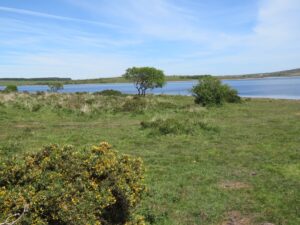
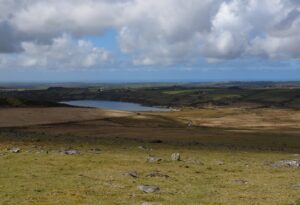
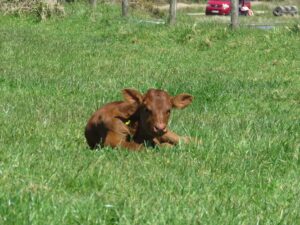
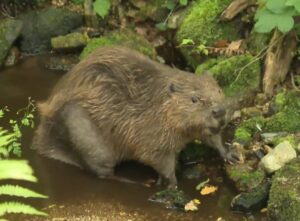
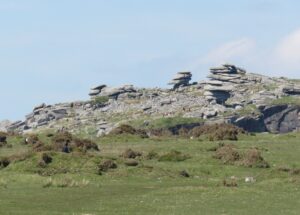
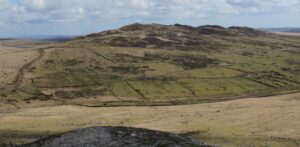
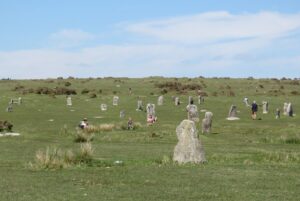
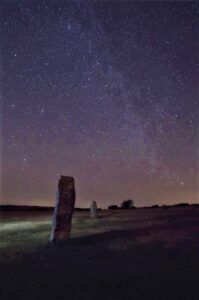
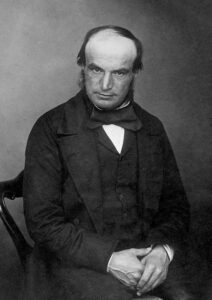
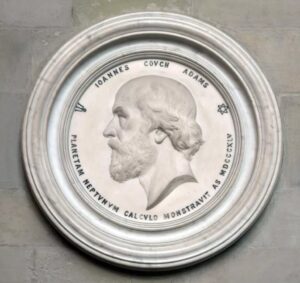
![[50] Voice - Ertach Kernow- 090621A The sky's the limit [S] Ertach Kernow - The sky's the limit](https://www.cornwallheritage.com/wp-content/uploads/2021/06/50-Voice-Ertach-Kernow-090621A-The-skys-the-limit-S-229x300.jpg)
![[50] Voice - Ertach Kernow- 090621B The sky's the limit [S] Ertach Kernow - The sky's the limit](https://www.cornwallheritage.com/wp-content/uploads/2021/06/50-Voice-Ertach-Kernow-090621B-The-skys-the-limit-S-229x300.jpg)